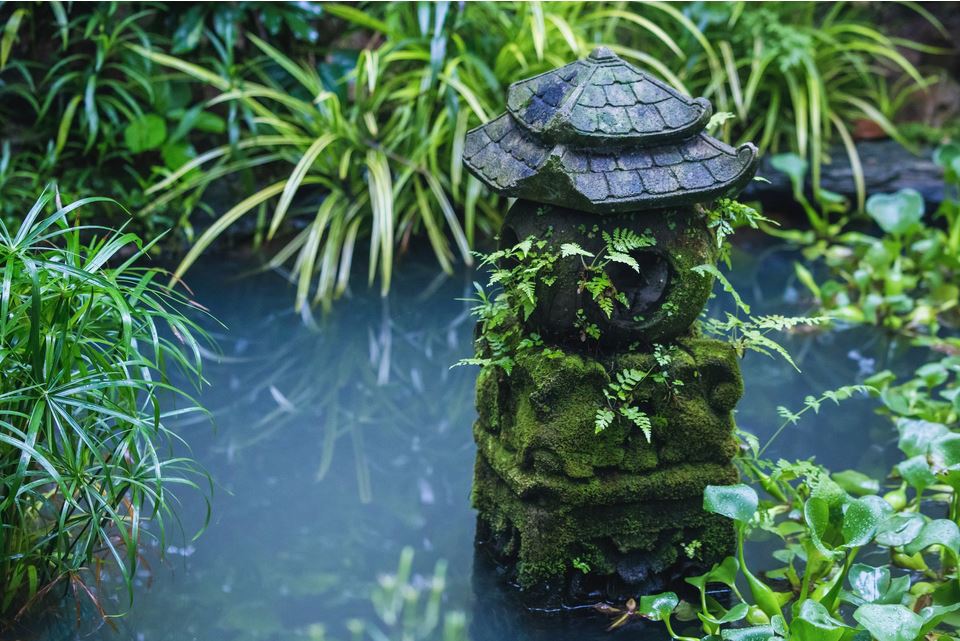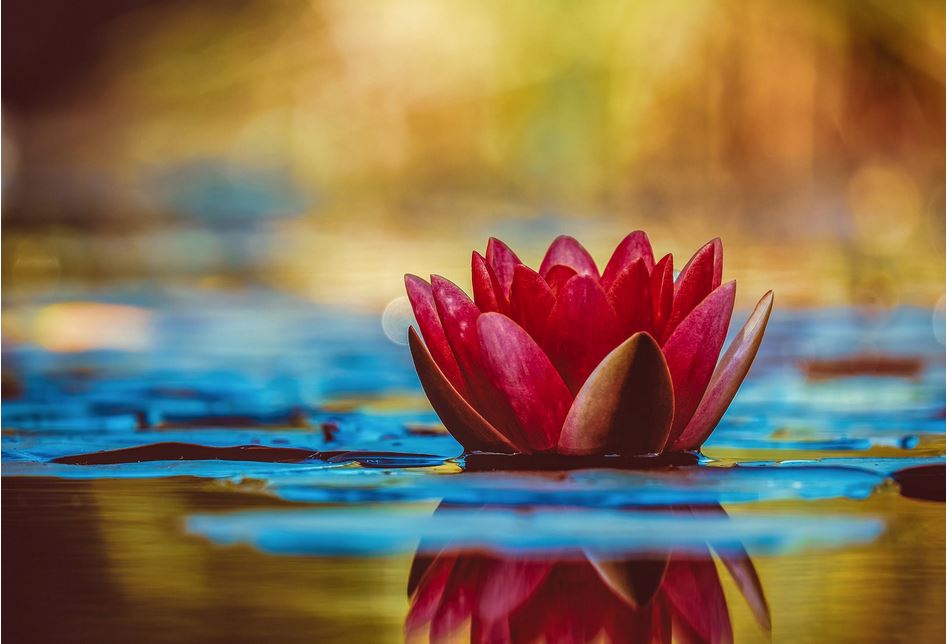December 12th, 2023Glen, about the house
How refreshing the mere sight and sound of water can be – whether it be a lake or stream, or even a small garden pond – the calming effect is always there.

Like the pond featured here, an ornamental pool can add an attractive focal point to your garden and at the same time give you a chance to grow totally different plants…aquatics.
No matter how grandiose or simple the design, or what material you build it from, a pool full of water, fringed with plants and, if you wish, stocked with colourful fish will add beauty and joy to any garden.
Unless you have the space and desire to build a massive concrete or brick structure, your task is quick and simple.
Dig out a hole the size and depth in the shape you desire and line it with a large sheet of heavy-duty black polythene plastic. This can be filled with water to gauge the effect.
Once you have decided on a satisfactory size and shape, you can line the pool with a permanent material, or better still, go to your nearest outlet and buy one of the many different sized and shape-moulded fibreglass ponds. The larger ones are deep enough for fish and your aquatic plant life.
Make sure to situate your pond under or near overhanging trees, especially sheltered from afternoon sun. If you build your pool as part of a rockery, a very pleasing effect can be achieved by using a small electrical pump to circulate the water up to the top of the rocks to cascade and back into the pond. (A solar-powered pump requires no electrical connection).
No matter how well managed your pond may be, it should be emptied for regular cleaning. The best way of arranging this is to slope the bottom slightly to one corner and fit a plughole. Drainage can be made possible by running a gravel-filled trench down and away from the pool.
There are many forms of plant life to inhabit your pond including the ever-present water lily. These include cyperus (papyrus) or umbrella grass, various forms of iris, nymphaea (blue lotus) and azolla, the tiniest of the aquatics.
Azolla floats about on the surface of the pool, existing on nutrients it extracts from the water. It divides continuously and in suitable conditions will cover still water so closely that they have actually been used to prevent the development of mosquitoes.
The presence of plant life in and around the pond, such as ferns etc, not only enhances the setting but shades the water and narrows down the opportunity of plundering birds etc. It also helps in attracting such delightful little creatures as frogs.
The easiest and possibly best way to grow plants in ponds is to pot them into large clay pots or wicker baskets. The soil should be a fibrous loam, such as well rotted compost which has been mixed equally with well-dried cow manure – in the proportions of one part manure to six parts loam.
If you are not able to obtain cow manure do not use other animal’s because they may heat up too much and cause root rot. Instead, use a handful of blood and bone to a bucketful of soil.
Pack the soil firmly around the roots of the plants and cover the top with a 1-2cm layer of wet compost that is firmed down well.
It’s quite common for the air in the pots to make them bob around on the surface instead of settling in place, giving cause for you to indulge in an aquatic wrestling match as you hold them down until the bubbles of air subside. A most entertaining event for all but the participant.

Got a gardening query? Email glenzgarden@gmail.com









